Carbon nanotube-enzyme composite electrodes are applied in glucose biofuel cells.
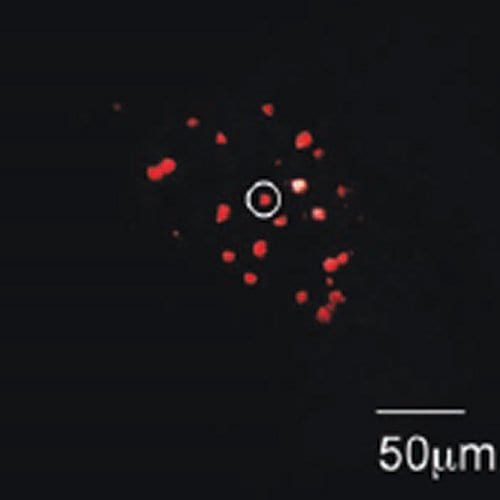
Russian Diamonds: Nanodiamonds with Valuable Flaws
Russian scientists have made nanodiamonds with a higher concentration of nitrogen vacancy centers, with a better efficiency than was previously possible.
Nanophobic or Nanophilic?
Carbon nanotubes have the potential to unlock effective treatments for that most delicate of systems – the mammalian central nervous system. But conflicting studies and reports on potential toxicity underline the need for careful, standardized, and thorough research protocols.
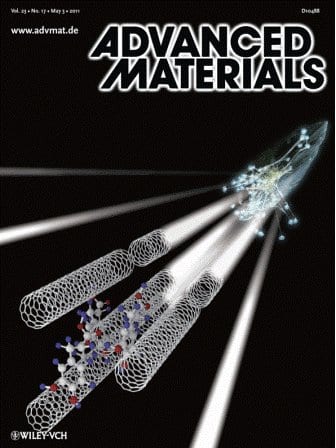
Gaining muscle from mussels: High-strength CNT composite fibres
Merging the ultra-strong nature of carbon nanotubes and mussel-inspired linker molecules renders high-strength fibres via a simple spinning process.

Graphene for DNA Sequencing: Single-Atom Sheets, Single-Molecule Sequencing
Edge-hydrogenation of carbon electrodes could further the quest for solid-state, single-molecule DNA sequencing.
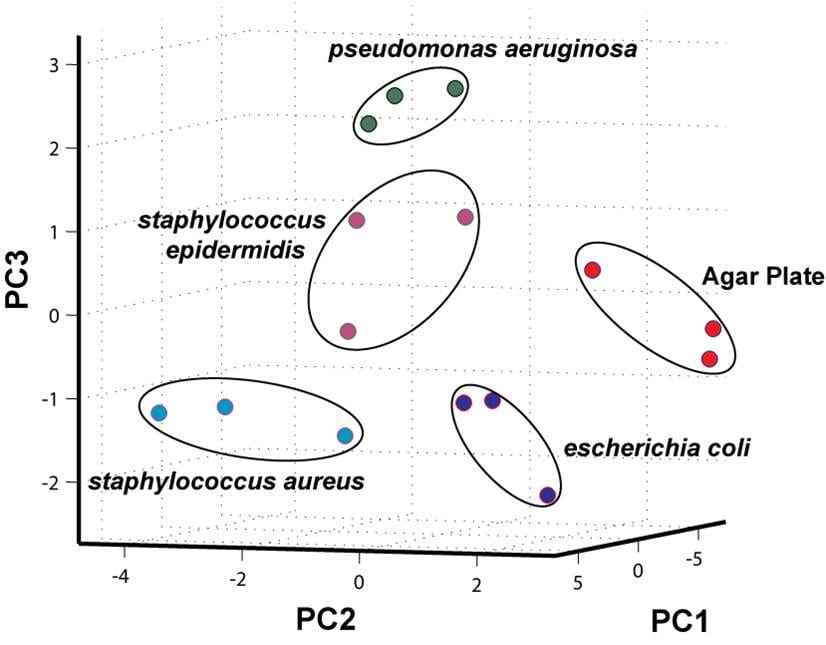
What can Nanochemistry do for Chemical and Biological Sensing?
So what is next for nanochemical and biochemical sensor research? Shouldn’t we be trying to find the next glass pH electrode, rather than trying to squeeze that extra fraction of a percent out of our tried and tested materials?
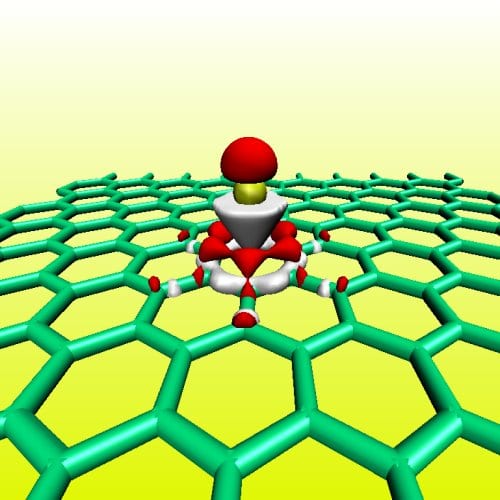
Graphene Tracks for Aluminum Trains: Nanomaterials Engineering
Aluminum clusters move along graphene tracks, controlled by applied electric currents, in work by Spanish and Dutch researchers.

Powering the Planet with Energy Nanomaterials?
How can nanomaterials make a difference in the grand challenge: efficient and green global scale production, storage and use of energy? Professor Geoffrey Ozin from the University of Toronto gives his response to this question.
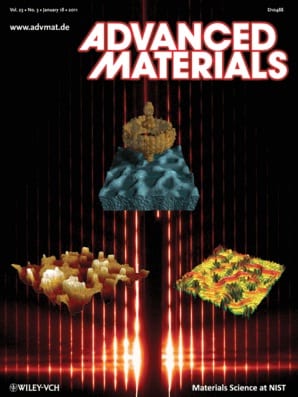
Advanced Materials: Advancing Technology Through Measurement Science
Established in 1962, the Polymers Division in the Material Measurement Laboratory of the National Institute of Standards and Technology (NIST) will soon celebrate its 50th year as a world leader in polymers research.
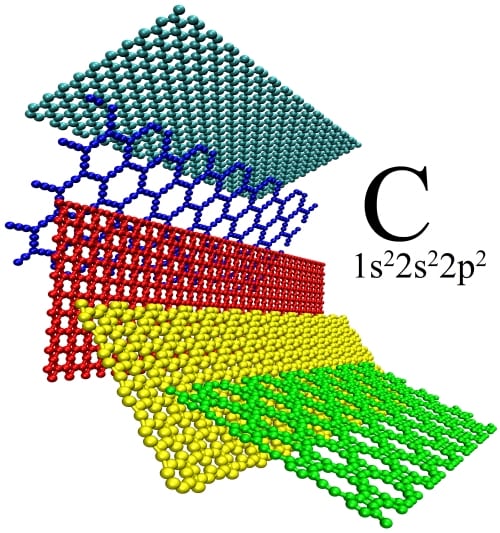
Graphene’s brothers and sisters
A set of twelve graphene-like materials is simulated regarding their stability, structural, and electronic properties.










